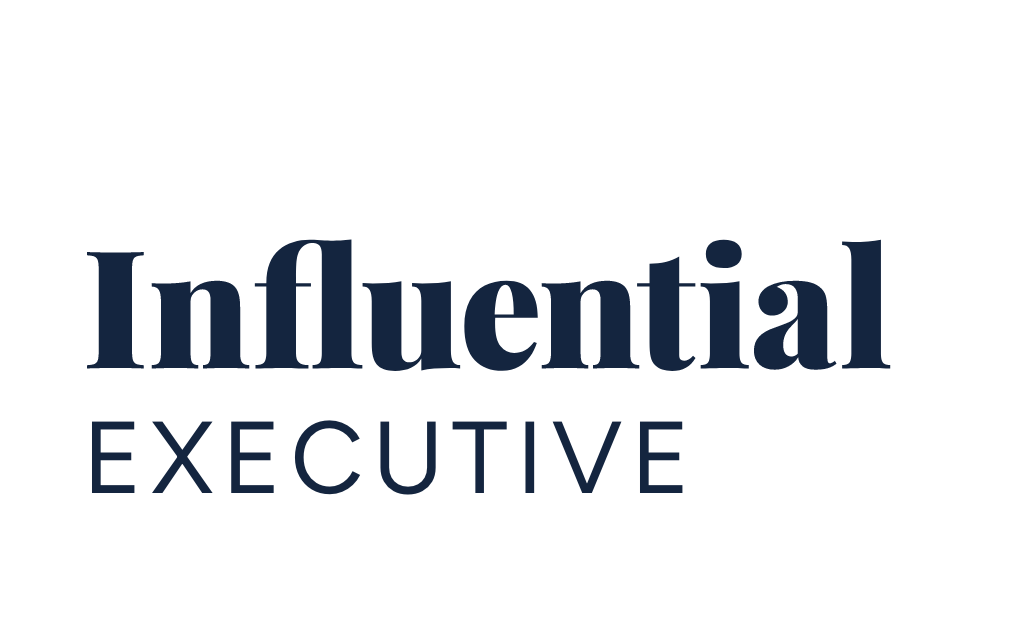Not all social platforms are equal, and while some platforms like LinkedIn are ideal for showcasing owned content in the form of articles, no platform is quite as well-positioned for leaders to observe, join, and ultimately impact a wider narrative than Twitter. Twitter is a timely, trend-driven platform that is ideal for sharing newsworthy content and authentic perspectives. It can be leveraged not only to have a voice in relevant industry conversations but to also quickly communicate expertise and unique perspectives with followers. It is also a platform that encourages commenting, sharing and discussion. In this blog post, we’ve put together guidelines to help executives effectively leverage the platform for impactful thought leadership on Twitter.
“While Twitter increased the character count maximum per tweet from 140 characters to 280 characters in 2017, the ideal length of a tweet has remained between 71-100 characters.”
Profile
The first order of business when launching an executive Twitter program is profile optimization. A well-maintained Twitter profile can help executives stand out on the platform and make an impression on potential followers, including those who may be prospective clients, partners, investors or talent. Below is a list of guidelines to help you get started:
- Twitter Handle – If you’re just getting started on Twitter, you need to choose a Twitter handle, or username, which is how users will find your profile or engage with you on the platform via @mentions. Choose a handle that clearly identifies who you are and is memorable—the best option is to keep things simple and use your first and last name (just keep in mind that your handle must be 15 characters or fewer).
- Profile Photo – Similarly to your handle, use your profile photo to help people easily identify you and to put your best face forward. Your profile photo should be a high-quality, professional headshot where your face is clearly visible and takes up the majority of the frame.
- Header Image – Use your cover image as an opportunity to stand out on the platform and make your profile look more professional and complete. Consider using a high-resolution photo that relates to your particular industry or area of expertise, or make the image more personal by leveraging photography from a recent industry event you attended. Be sure to include important keywords when saving the image file name to increase the chances of being found in an image search.
- Profile Bio – Your Twitter bio is your opportunity to convey your value to profile visitors and maximize your appearance in search results using 160 characters or fewer. While quickly communicating your expertise and outlining who you can help and how, be sure to include relevant keywords and hashtags within your description. Doing so will create more opportunities for your profile to appear in search results and alongside other relevant hashtagged content.
- Website URL – You have the opportunity to include a website link below your bio on your profile. Consider which URL will provide the most value for your visitors and simultaneously drive toward your own objectives, such as a link to your personal blog where users can learn more about your expertise and thought leadership.
- Pinned Tweet – While your profile bio is fairly limited, you also have the opportunity to provide more value and communicate more information to your viewers via a pinned tweet that will appear at the top of your profile’s Twitter stream. Think of this as your featured story, and include a strong visual, a clear call to action, relevant keywords and hashtags, and a link to a landing page where viewers can learn more about who you are and what you have to offer.
Content
Once your profile set-up is complete, you can shift your focus to becoming an active member of the Twitter community through authentic content creation. Contributing a consistent output of relevant industry commentary will help to build your credibility and establish subject matter expertise. This can be accomplished by posting links to your longer-form thought leadership content, sharing third-party content with the addition of your own commentary, or repurposing content that your company has already created. To determine what content mix makes the most sense, take some time to decide what percentage of your content you want to be focused on business objectives versus personal interests, and consider topics or subject areas you can provide a unique, expert opinion on.
However, it’s important to also consider the risks associated with a consistent and authentic stream of Twitter content. As demonstrated by Elon Musk’s Twitter activity last year, there is such a thing as too much sharing. It’s just as important to create a list of hands-off topics that may impact your reputation or company as it is to create a list of topics you do want to cover.
“Because Twitter is such a fast-paced platform, the half-life of each tweet, or the amount of time it takes for half the number of people who will ever see the tweet to see it, is only 30 minutes.”
Posting Guidelines
Once you have a content mix you’re comfortable with and a pipeline of content in mind, you’re ready to begin posting. It’s important to note that while there are some best-practice posting guidelines available, every audience is unique, and you may need to adjust certain factors depending on what performs best among your followers. That said, we’ve put together an initial list of tips below to help get you started:
- Frequency: Because Twitter is such a fast-paced platform, the half-life of each tweet, or the amount of time it takes for half the number of people who will ever see the tweet to see it, is only 30 minutes. This level of timeliness requires a higher frequency of content output than other platforms to stay top of mind—you should maintain at least 2-6 tweets per day if possible, and consider using a time-saving scheduling tool such as Hootsuite or Buffer to increase efficiency. However, if this is a tall order as you’re just getting started, try to stick to at least one update per day to build credibility
- Post Length: While Twitter increased the character count maximum per tweet from 140 characters to 280 characters in 2017, the increase has not had a significant impact on the average length of tweets overall. In fact, the ideal length of a tweet is between 71-100 characters. Because of the influx of information on the platform and shortening attention spans, less is more when it comes to communicating information as quickly and clearly as possible.
- Timing: According to recent reports, the best times to tweet are generally at between 1-3 p.m. or 5-6 p.m. every day, but as mentioned earlier, this heavily depends on who your target audience is and can change dramatically depending on their unique online habits. We recommend experimenting with different posting times to evaluate efficacy.
- Hashtags: Studies show that tweets with hashtags generate 2x more engagement than tweets without tags, but you don’t need to overload on hashtags within each tweet to see the benefit. In fact, one to two hashtags per tweet gets better results than three or more, so it’s more important to be strategic about the tags you’re choosing to use, and remember that less is more. Additionally, hashtags with ~6 characters are ideal.
- Visuals: Eye-catching and cohesive visuals that quickly communicate your key message will help capture attention in a cluttered newsfeed. In fact, visual tweets tend to generate triple the engagement of text-only tweets. Because of this, we recommend experimenting with a number of visual elements including photography, gifs, quote graphics, infographics or videos to evaluate the performance of each among your unique audience.
“Studies show that tweets with hashtags generate 2x more engagement than tweets without tags, but you don’t need to overload within each tweet to see the benefit. 1 or 2 hashtags per tweet gets better results than 3+.”
Proactive Engagement and Follower Growth
Despite the quality of your content or how well-optimized your Twitter profile is, the success of your social presence on the platform is in large part dictated by the number of followers you have to see and engage with your content. Building your following will maximize your visibility and ultimately support your objectives, whether you’re looking to connect with potential clients, position yourself in front of prospective talent and investors, or establish new partnerships.
Start by reaching out to people you know personally. Search for individuals within your personal and professional network and follow (or request to follow) their profiles. This might include friends, colleagues and professional acquaintances from your current or previous roles, companies, and events. Once you’ve made it through your list of personal contacts, shift your focus to your target audience and relevant industry influencers who can help to expand your following further. While these individuals may be less likely to immediately return the favor after you follow their profiles, we recommend proactively engaging with their content by liking, retweeting or commenting on relevant tweets to provide insight, deliver a compliment, or further engage them in conversation. If done authentically and strategically, this kind of outreach is likely to lead to reciprocal engagement and help to further increase your following.
While launching an executive Twitter presence may seem intimidating, arming yourself with the knowledge and tools for success is an excellent first step. We hope you find value in these initial guidelines and feel empowered to get started, but we’re always here to help. If you’re interested in learning more, set up a complimentary consultation with one of our experts today.


